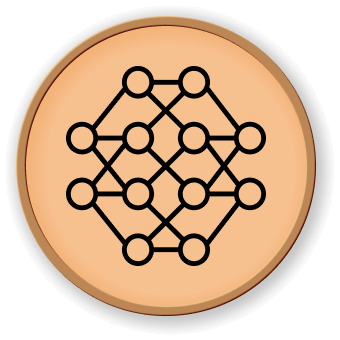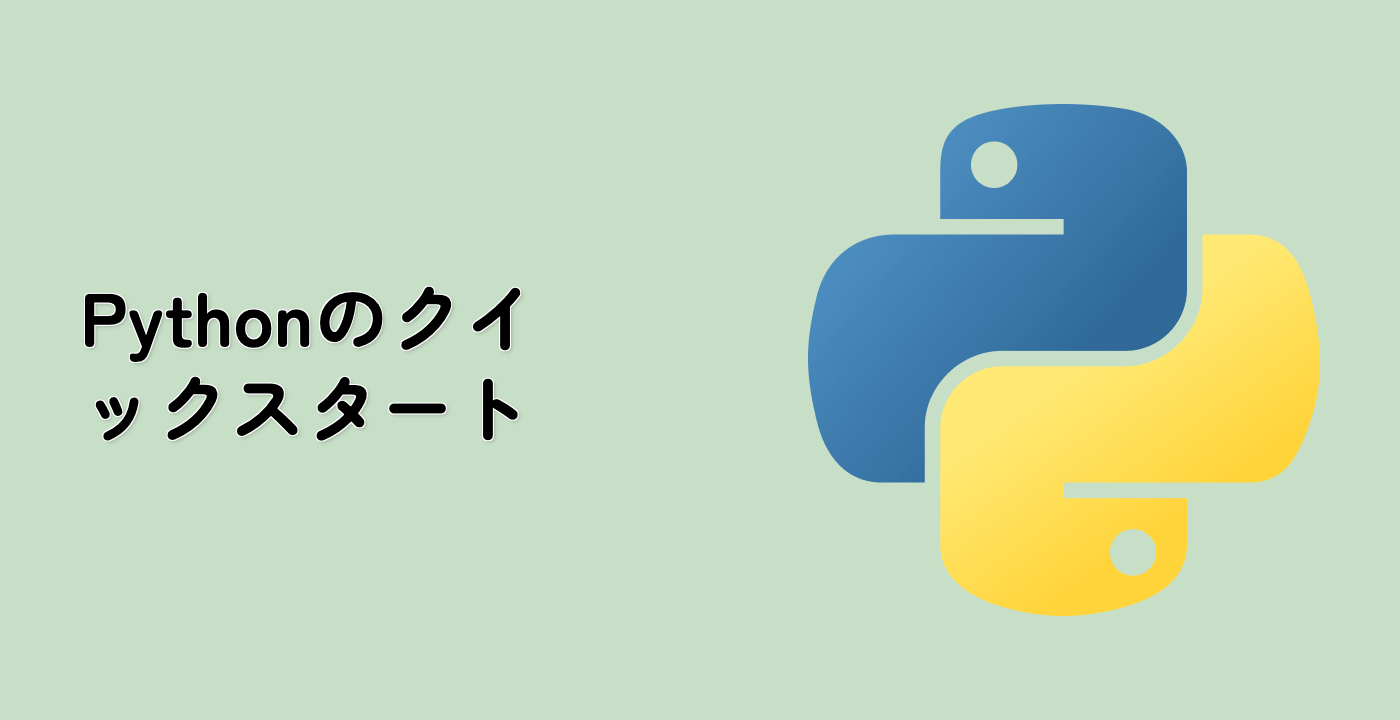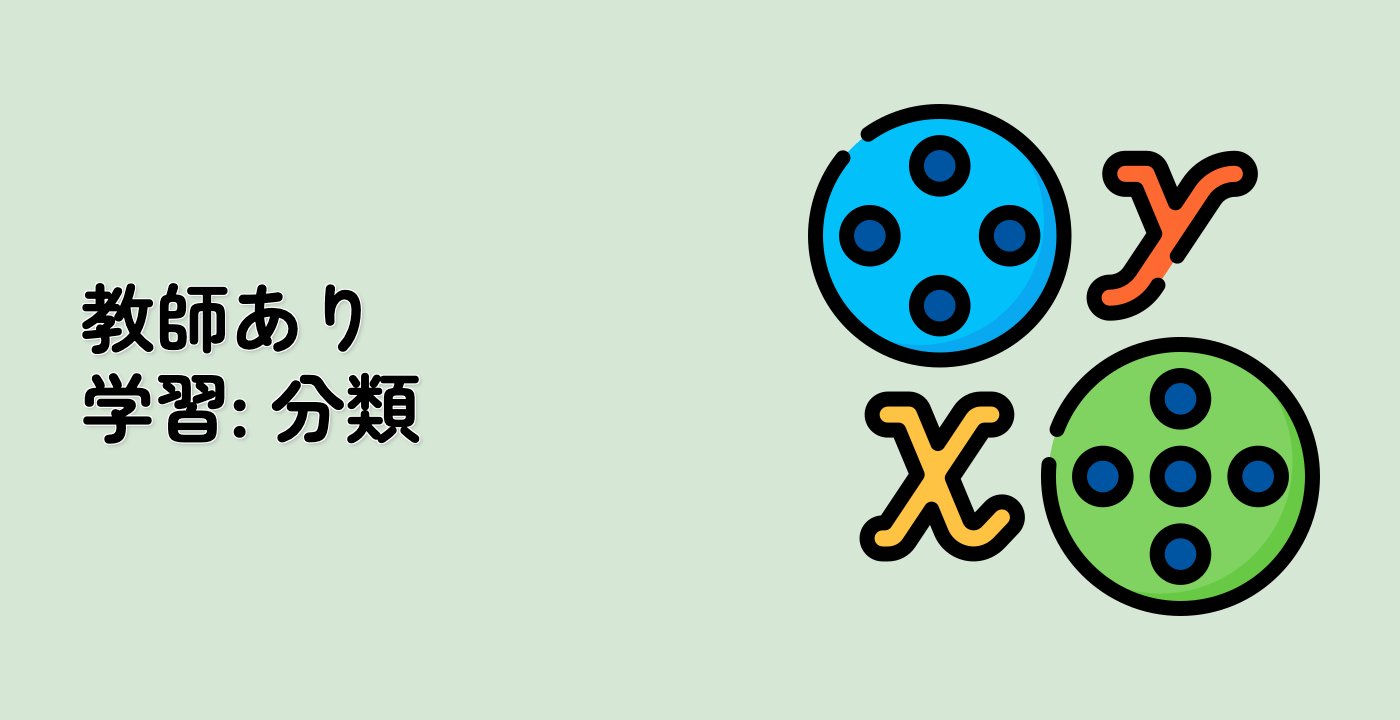はじめに
この実験では、ラベル拡散アルゴリズム(Label Spreading algorithm)を使用して半教師あり学習を行う方法を実証します。手書き数字データセットのサブセットを使用し、これらのサンプルのうち 40 個のみにラベルを付けます。その後、ラベル拡散アルゴリズムを使用して残りの 300 個のサンプルを予測します。
VM のヒント
VM の起動が完了したら、左上隅をクリックしてNotebookタブに切り替え、Jupyter Notebook を開いて練習を行ってください。
時には、Jupyter Notebook の読み込みが完了するまで数秒待つ必要がある場合があります。Jupyter Notebook の制限により、操作の検証を自動化することはできません。
学習中に問題が発生した場合は、いつでも Labby に質問してください。セッション終了後にフィードバックを提供していただければ、迅速に問題を解決します。




